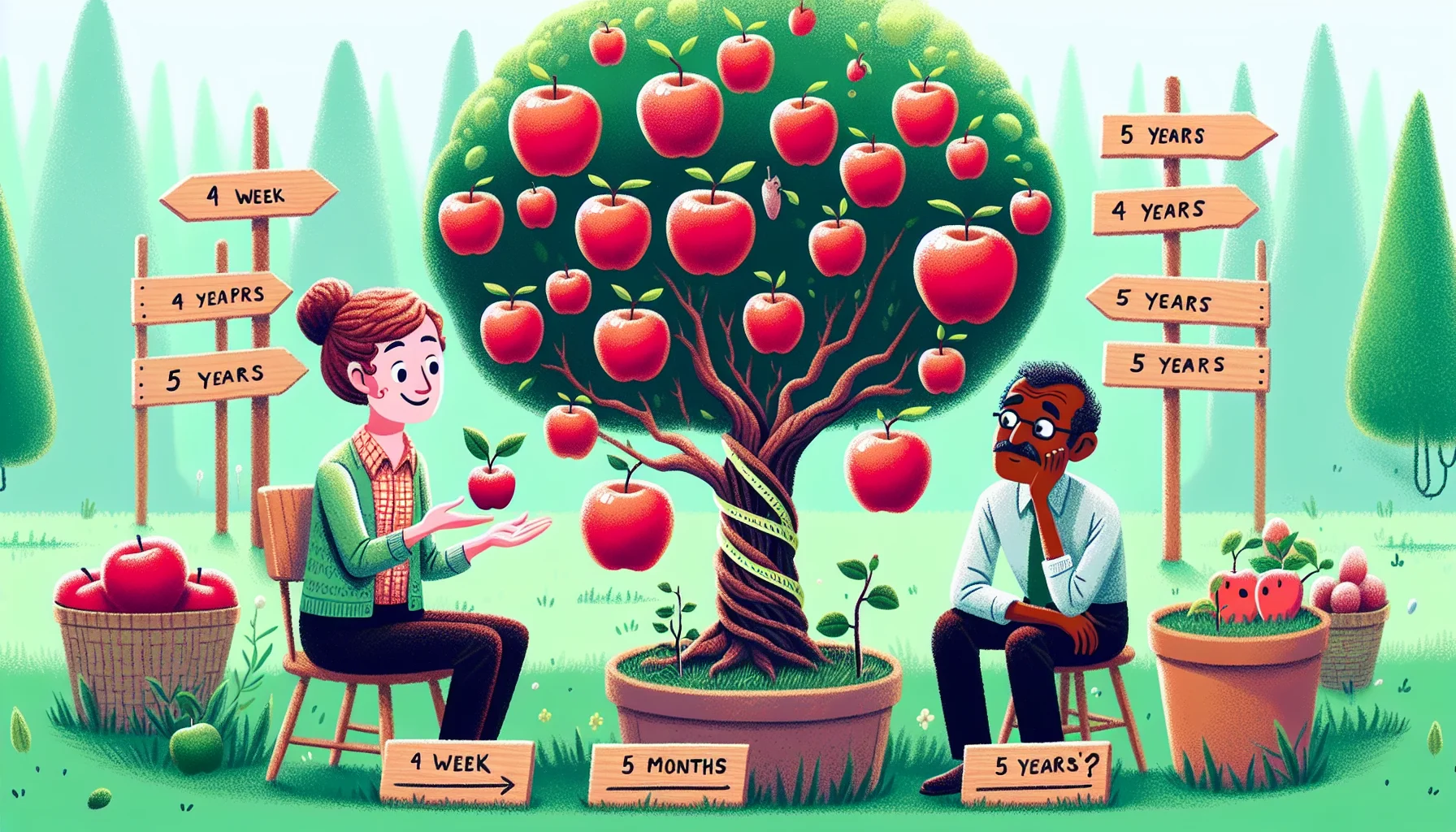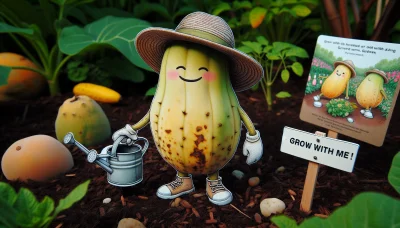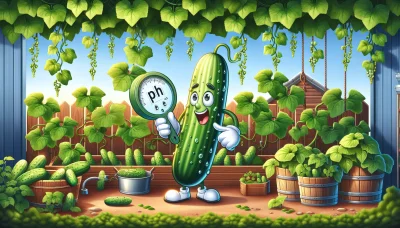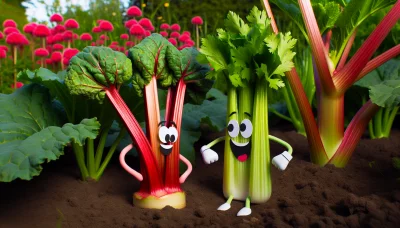How long for apple trees to bear fruit Quiz
Test Your Knowledge
Question of
How Long Does It Take for Apple Trees to Bear Fruit?
Apple trees typically take between 2 to 5 years to start bearing fruit after planting. The exact timeframe can vary based on the variety of the apple tree, whether it was grown from a seed or grafted, and the growing conditions. Dwarf apple trees may produce fruit a bit sooner, often within 2 to 3 years, while standard-sized trees might take a bit longer, potentially up to 8 years for some varieties. Proper care in terms of sunlight, watering, and soil conditions can help ensure a healthy growth pace and fruit production.
Factors Influencing Apple Tree Maturation
- Variety
- Rootstock
- Growing conditions
Choosing the Right Apple Tree Variety
When it comes to planting apple trees, one of the most crucial decisions a gardener must make is selecting the appropriate variety for their climate. The climate plays a significant role in determining not only which varieties will thrive but also how well they will bear fruit. Different apple tree varieties have varied requirements for chilling hours (the number of hours below 45°F in a single winter season) to break dormancy and fruiting timelines. Therefore, choosing a variety that aligns with the local climate conditions can lead to a more fruitful harvest. This decision can impact not only the quantity of the yield but also the quality of the fruit produced. By carefully considering the specific needs of each variety, gardeners can ensure a bountiful and delicious apple harvest.
The Role of Rootstock in Apple Tree Growth
Rootstock refers to the lower part of an apple tree onto which a separate scion, the upper part bearing the desired fruit variety, is grafted. This method of tree propagation significantly influences the overall growth, health, and productivity of the apple tree. Different rootstocks can control the tree's size, making it possible to produce dwarf, semi-dwarf, or standard-sized trees. This size management is crucial for optimizing orchard space and enhancing care and harvesting. Moreover, rootstock selection affects the tree's growth rate, with some rootstocks encouraging faster growth and earlier fruit production. This early maturity can lead to a shorter timeline from planting to the first harvest, which is particularly beneficial for commercial apple producers looking to establish or renew orchards efficiently. Additionally, certain rootstocks offer resistance to pests and diseases, improve drought tolerance, and enhance the overall fruit quality and yield. Therefore, the choice of rootstock is a fundamental aspect of apple tree cultivation that can significantly impact the agricultural success and sustainability of apple production.
Caring for Your Apple Tree
- Watering: Regular watering is crucial, especially during the tree's first few years and in dry periods. Aim for about once a week, allowing the water to deeply penetrate the soil.
- Fertilizing: Apply a balanced fertilizer early in the spring before new growth begins. Avoid over-fertilizing, which can lead to more leaves and fewer fruits.
- Pruning: Prune your apple tree during the dormant season to remove any dead, damaged, or diseased branches. This helps to improve air circulation and sunlight exposure, which are essential for healthy growth and fruit production.
- Pest Control: Keep an eye out for common pests such as aphids, apple maggot, and codling moth. Use appropriate organic or chemical controls as needed, following the product's instructions carefully.
Common Challenges in Growing Apple Trees
Growing apple trees can be a rewarding experience, but it also comes with its share of challenges. One of the primary concerns for apple growers is the threat of pests, such as codling moths and apple maggots, which can damage fruit and reduce yields. Diseases like apple scab, fire blight, and powdery mildew can also pose significant risks to apple trees, impacting both the health of the tree and the quality of the fruit produced. Additionally, environmental stressors, including extreme temperatures, inadequate or excessive moisture, and poor soil conditions, can further delay fruit production and affect the overall growth of the tree. Addressing these challenges requires careful planning, monitoring, and sometimes the use of integrated pest management strategies to ensure the health and productivity of apple trees.
Estimated Timeline for Apple Trees to Bear Fruit
| Apple Tree Variety | Expected Years to Fruit | Factors Influencing Timeline |
|---|---|---|
| Honeycrisp | 2-5 years | Optimal care and favorable climate can reduce time to fruiting |
| Granny Smith | 6-10 years | With standard care; improved techniques and warmer climates can accelerate growth |
| Red Delicious | 3-5 years | Pruning and proper nutrition can shorten the time to first fruit |
| Fuji | 4-6 years | Colder regions may extend the initial fruiting period |
| Gala | 3-4 years | Consistent watering and fertilization can help achieve earlier fruiting |












